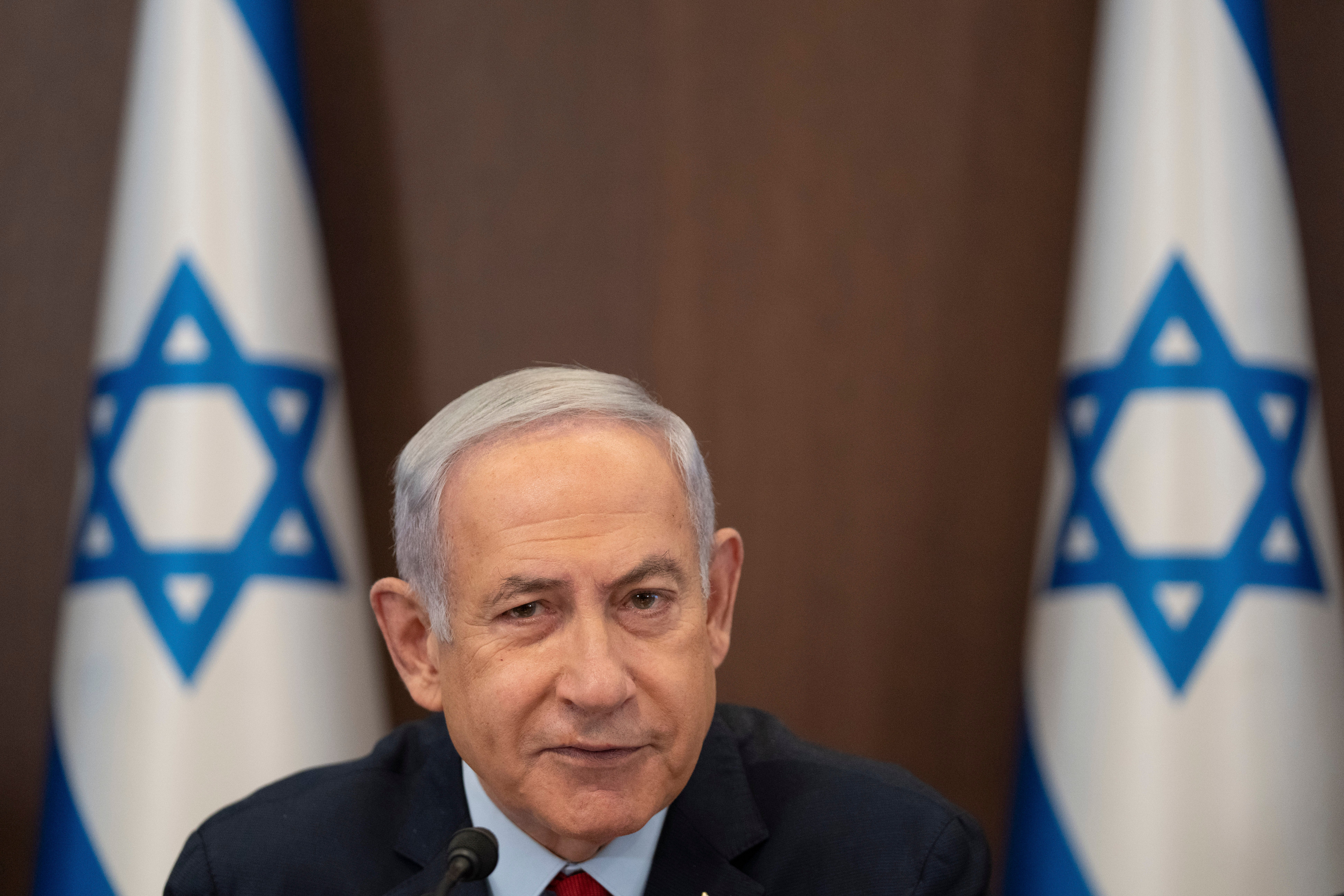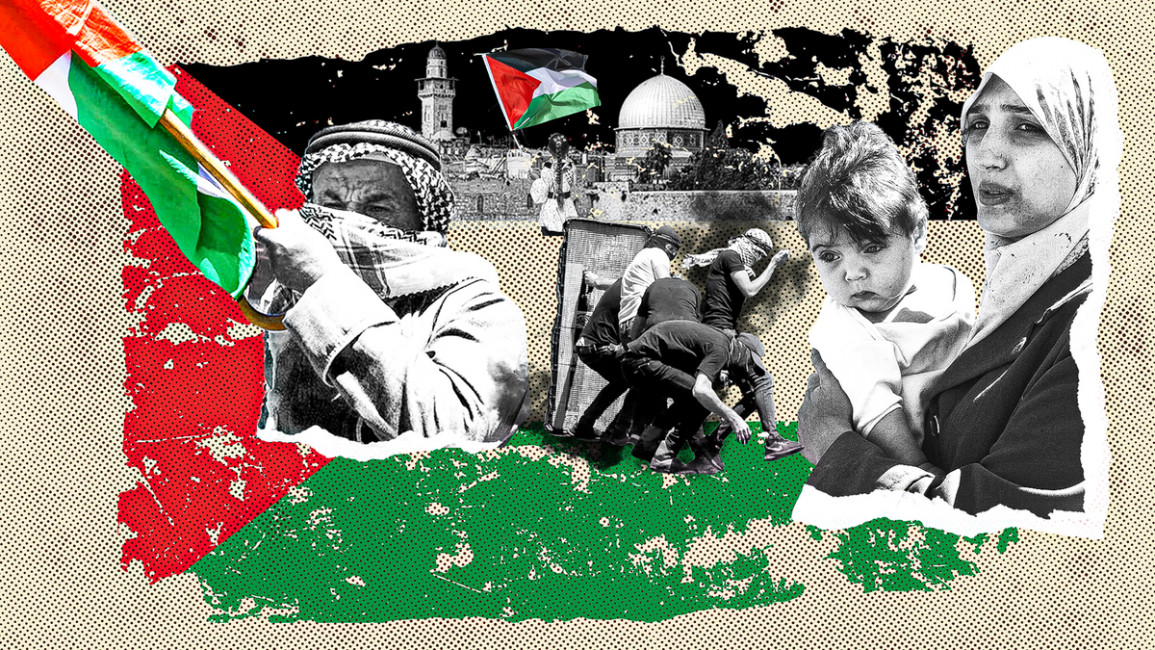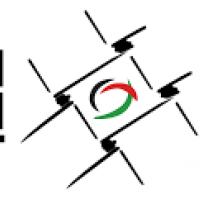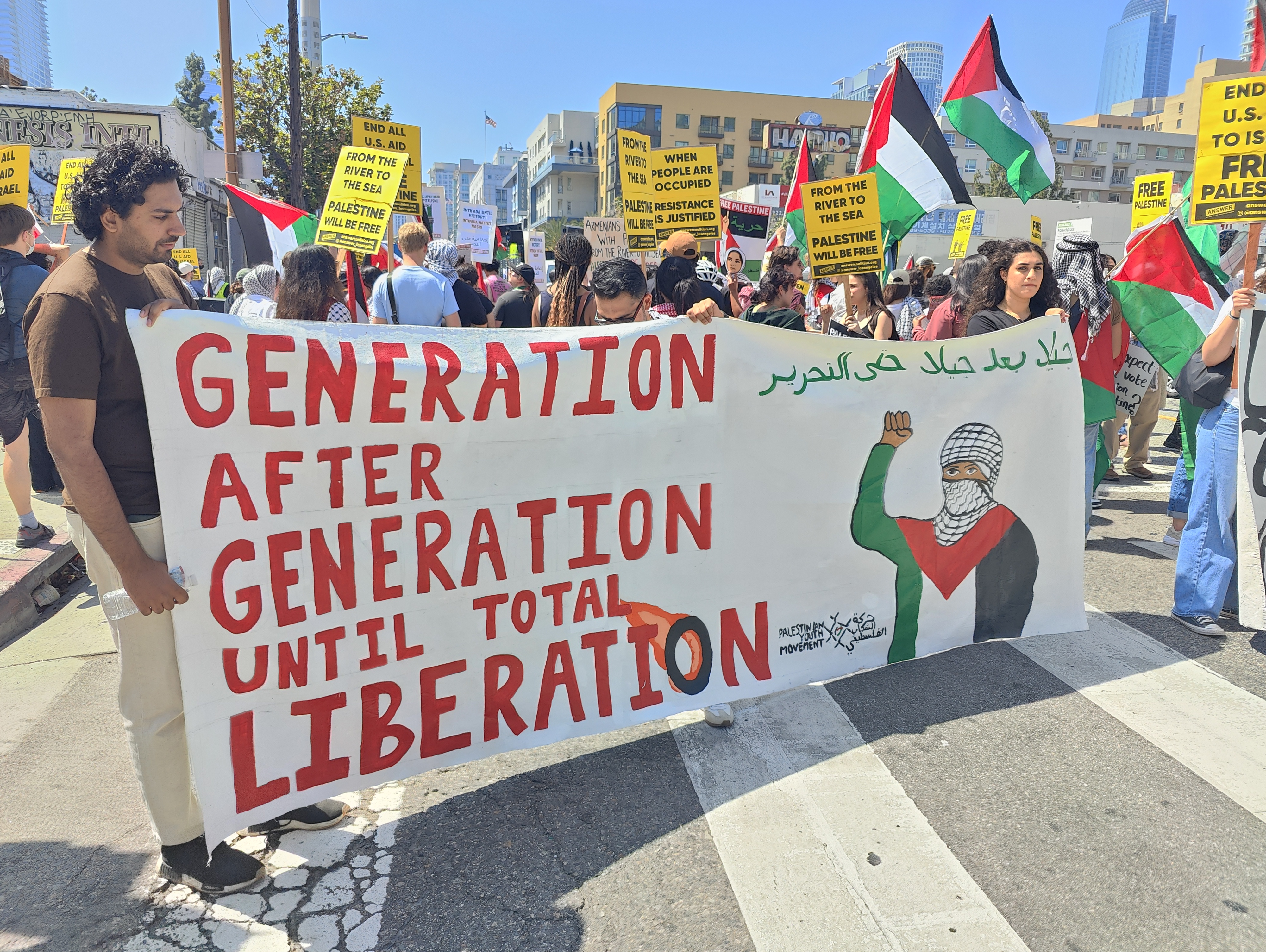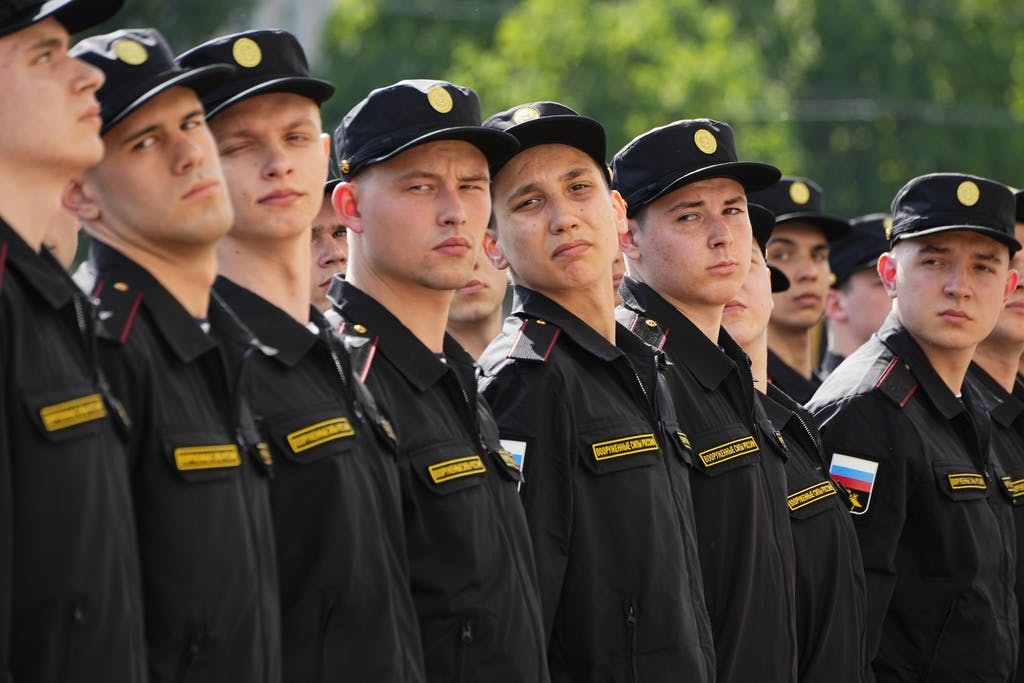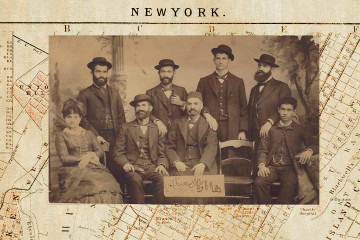
Linda K. Jacobs
21 April, 2023
At the turn of the 20th century, New York welcomed a new community to its shores. Comprising of what are now known as Syrians, Lebanese and Palestinians, the burgeoning community struggled to survive but would overcome adversity and come to thrive.
One of the best-kept secrets of Arab, Arab American, and New York history is the existence of the first Arabic-speaking community in the United States in Lower Manhattan at the end of the nineteenth century.
Until the publication of my book in 2015 (Strangers in the West: The Syrian Colony of New York City, 1880-1900), nothing had been written and almost nothing was known about the community that was founded in 1880 and finally obliterated by the construction of the Brooklyn Battery Tunnel in the 1940s.
RELATEDSocietyUsman Butt
In 1900, about 1,200 “Syrians” (a term that was used in the nineteenth and twentieth centuries to refer to immigrants from present-day Syria, present-day Lebanon, and historic Palestine) resided on Washington Street, a north-south thoroughfare originating at The Battery at the southern tip of Manhattan, where new immigrants disembarked.
"Syrians not only survived but thrived. When they first arrived in New York, many — both men and women — took up peddling, selling door to door in wealthy parts of the city or travelling from town to town for weeks at a time"
When they stepped onto American soil, these immigrants would have immediately been greeted by reminders of home.
Along four blocks of Washington Street, known as the “Syrian quarter,” the “Syrian colony,” or “Little Syria,” the immigrant saw signs and menus in Arabic, heard Arabic on the street, and might easily have encountered someone from their home village, all of which would have been a welcome sight.
Beneath that cheerful surface, however, the living conditions in the Syrian quarter were deplorable. The elegant single-family homes that had graced Washington Street in the early part of the century had been cut up into small cubicles to accommodate the flood of new immigrants, among whom were the Syrians.
As in other poor neighbourhoods, too many people were crowded into too-small spaces with no windows, no electricity and no indoor plumbing. The rooms were dark, both day and night —“dark as a wolf’s mouth” as one reporter had it — freezing in winter, stifling in summer.
Toilets and cold-water faucets were located in the rear yards, several pitch-dark flights of stairs away. The tidal movements of the Hudson River, one block west, regularly flooded the cellars, where many Syrians had their homes.
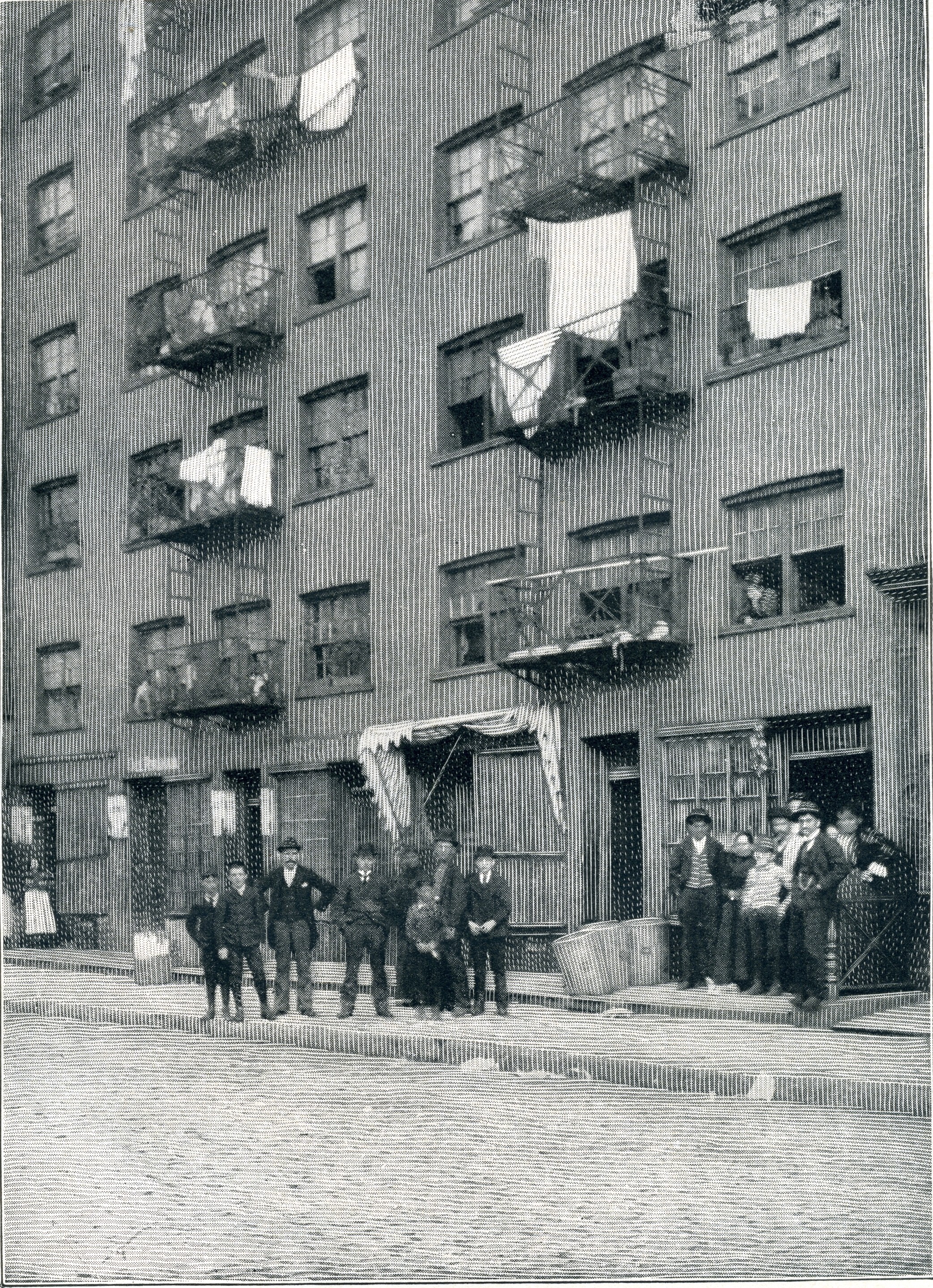
Tuberculosis was rampant and infant mortality rates were high. Although the community was well-served by doctors who had either trained at Syrian Protestant College (today’s American University of Beirut) or in American medical schools, as well as by three midwives, nothing could counteract the lethal effects of poverty.
The behemoth Babbitt’s Soap Works rendered hundreds of pounds of lard every day, spewing black smoke and noxious fumes into the air.
Youth gangs roamed the streets, and saloons, brothels, and insalubrious boarding houses catered to the dockworkers and sailors on the Hudson River piers, lowering the tone of the neighbourhood still further.
The only relief from these miseries came from the breezes that blew in from the ocean to dissipate the miasma of the slum, the free and open spaces of The Battery, and the determination of the Syrians to better their lives.
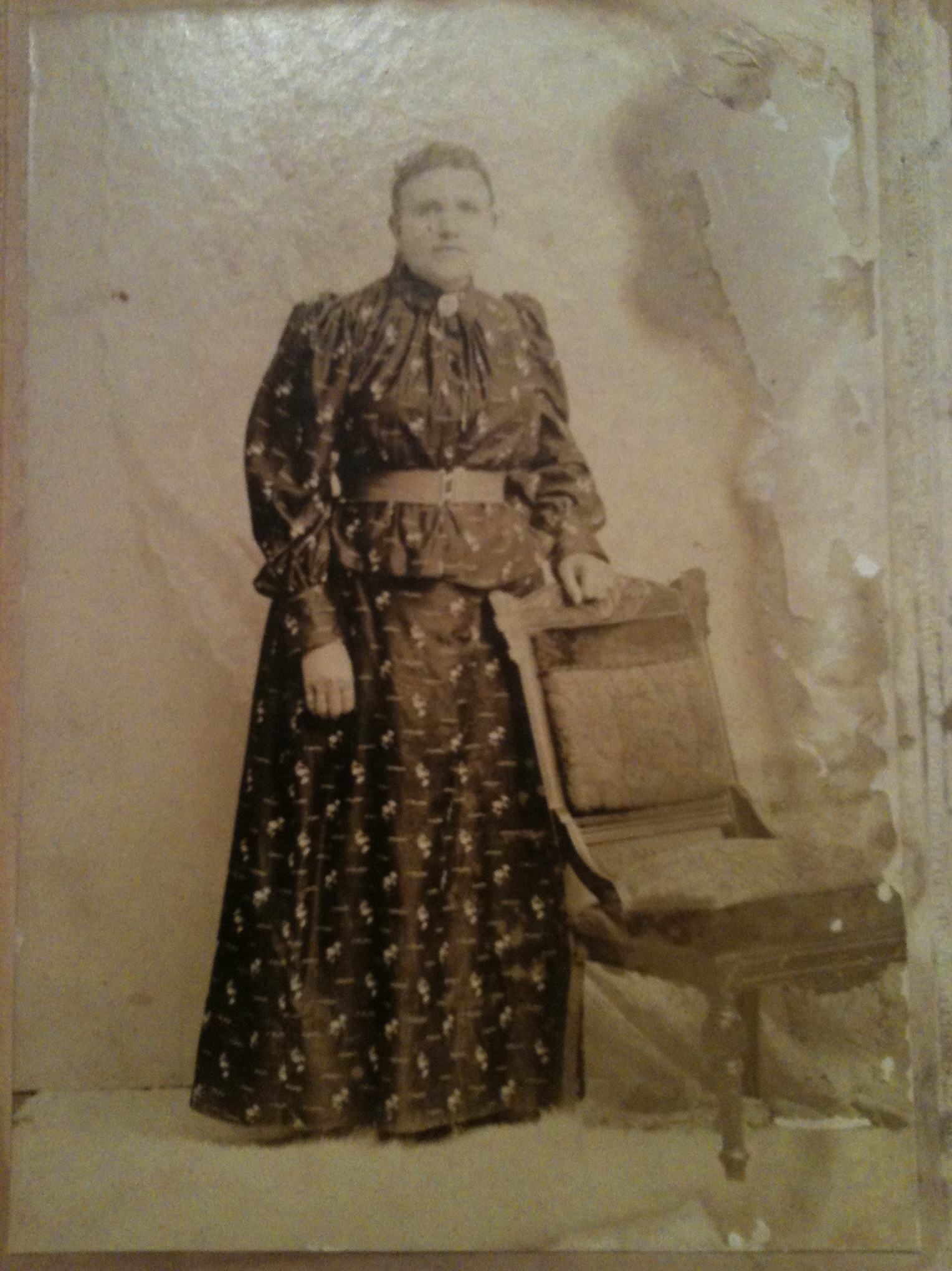
Syrians not only survived but thrived. When they first arrived in New York, many — both men and women — took up peddling, selling door to door in wealthy parts of the city or travelling from town to town for weeks at a time.
Peddling was arduous and dangerous; the satchels or boxes they carried as they tramped the countryside could weigh as much as eighty pounds; they were regularly harassed by police or abused by the local populace; robberies were frequent. But a peddler was his or her own boss and the profit depended mainly on skill.
Peddling was much more lucrative than factory work; if a nineteenth-century factory worker earned between four and seven dollars a week, a peddler could earn fifty dollars in the same period.
Even if half went back to the supplier, the difference was significant. Peddlers were divided by their fellow Syrians into two types: keshahi who sold notions or dry goods and jezdan harir peddlers, who sold fancy goods or “Turkish” or “Holy Land” goods.
Notions were small items like shoelaces, safety pins, celluloid collars, or sewing supplies or larger dry goods like bolts of cloth or towels.
“Turkish” and “Holy Land” goods included damasks, embroideries, rosaries and olive-wood boxes. It was the Turkish and Holy Land goods that distinguished Syrian peddlers from those of other nationalities.
"Every Syrian store was both a warehouse, where peddlers would congregate in the morning to pick up their stock, and a retail shop that sold to the occasional American customer"
When they had saved enough money, often about three years after arriving, men stopped peddling to set up their own businesses, while women settled down to raise a family and/or work in a family-run business.
Syrian-run grocery stores, boarding houses, barbershops, and restaurants popped up on the street. More ambitious men became peddlers’ suppliers, buying notions or dry goods wholesale from New York merchants and distributing them to “their” peddlers, or importing and selling Turkish or Holy Land goods.
Every Syrian store was both a warehouse, where peddlers would congregate in the morning to pick up their stock and a retail shop that sold to the occasional American customer.
A nineteenth-century newspaperman was astonished at the vast array of goods held by one of these suppliers: “pins by the hundred gross rest against shoe-blacking by the case, and scapulars and rosaries, beads and prayer books…silk and satins, lacework, embroideries…and a long, curved sword of Damascus steel….”
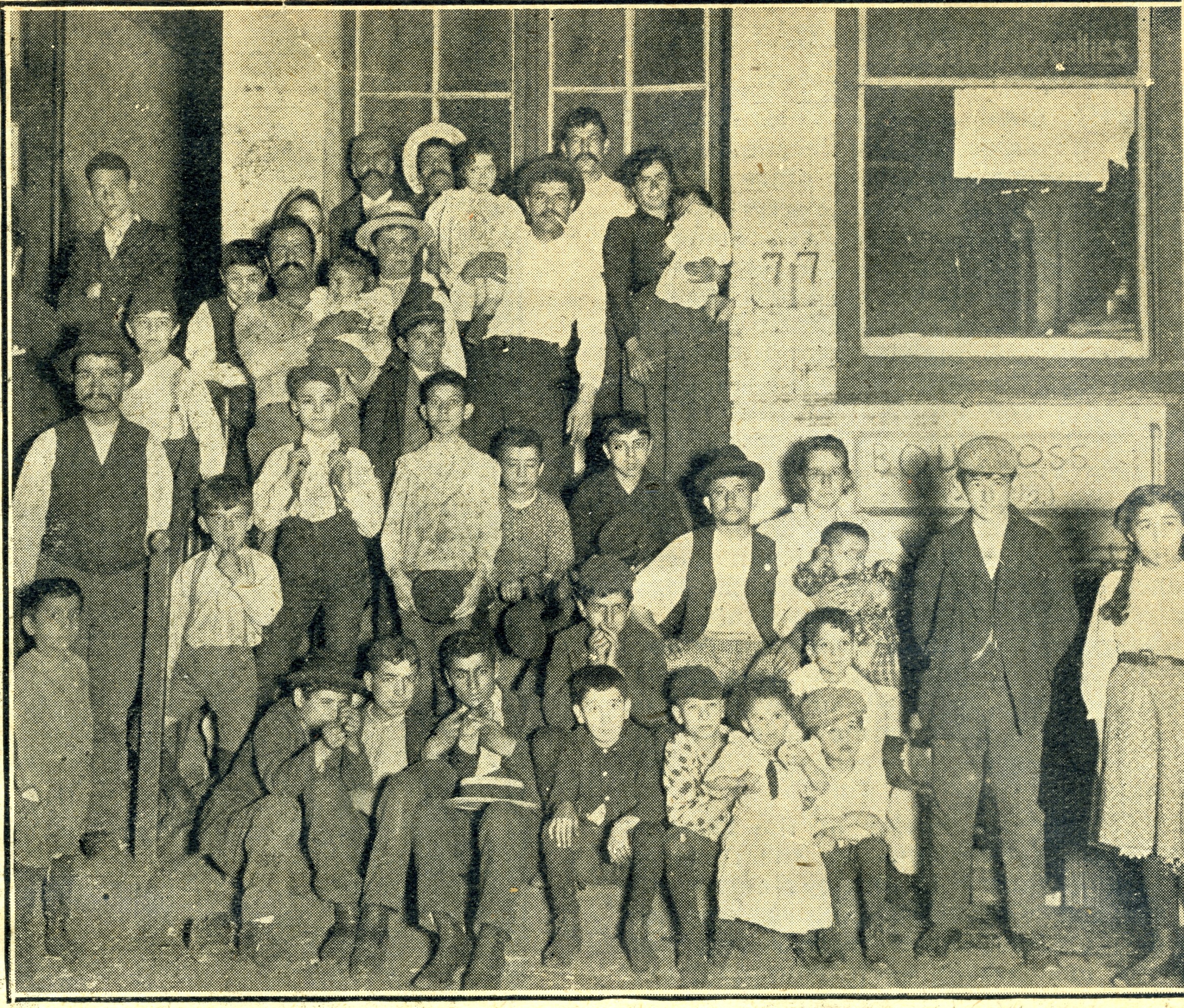
Some men opened small workshops or factories to produce soft goods in cotton (kimonos, shirtwaists, petticoats, lace collars and cuffs), or harder goods like cigarettes, suspenders or mirrors.
Space was at a premium on Washington Street, so these factories were small, having no more than a dozen employees. As these enterprises expanded, they sought larger spaces on nearby streets and in the 1920s, as skyscrapers encroached on the neighbourhood, they began to move them uptown.
A little-known career path for dozens of Syrians was as “Oriental” entertainers: exploiting their own “exotic” origins for gain. These included men and women who delivered lectures on the Holy Land, often in so-called “native dress,” and charged admission or sold Turkish goods after the lecture; Arab acrobats; “Oriental” dancers; and presenters of “scenes of Bedouin life.” Syrian impresarios produced huge “Oriental” carnivals they showed all over the United States.
RELATEDCultureFarah Abdessamad
Syrians were not just concerned with earning a living and making their way up the economic ladder, however; they were intellectually, artistically, and spiritually ambitious as well. The first Arabic newspaper, Kawkab America, was published in New York in 1892.
Two brothers, Abraham and Nageeb Arbeely, members of the putative first Syrian family to settle in the United States, were its founders and editors. A half-dozen more newspapers were published before the turn of the century, and many more appeared after.
Several associations were founded in the nineteenth century: some were benevolent organisations to help their compatriots in need; others were religious, raising money for the church; others set out to explore and debate ideas; and some facilitated assimilation in the new land.
The Syrian Society, founded in 1892 by Ameen F. Haddad, opened a school at 95 Washington Street to teach children American history and adults English.
The majority of the early Syrian immigrants were Christians, and each of the four congregations — Maronite, Melkite, Orthodox, and Presbyterian — requested and was sent an Arabic-speaking priest, who, in addition to ministering to his congregants in New York, was tasked with travelling around the country to perform the liturgy and baptize, marry and bury believers in other Arabic-speaking communities.
Each of the congregations raised enough money to pay the priest’s salary and fit out a chapel on Washington Street. Although not recognised externally, there must have been Druse and Muslims in the community.
A Muslim “prayer room” was supposedly established on Greenwich Street, one block east of Washington Street, in 1912, pointing to the presence of Muslims nearby. Two Syrian Jews who arrived in New York in 1892 established a close relationship to the Lower West Side Syrian community but did not live there.
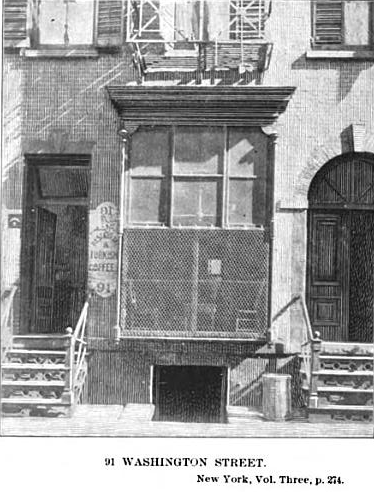
Most important, perhaps, is the literary blossoming that occurred in the first two decades of the twentieth century in New York, a blossoming that had its roots in the nineteenth-century Syrian community.
The early newspapers regularly published poetry and extemporaneous speeches of members of the community, and their presses published their books.
The first published books were primarily utilitarian: Arabic-English language primers, essays on great men translated into Arabic, or tips for the new immigrant.
The first two decades of the twentieth century, however, saw an extraordinary outpouring of literature, including Afifa Karam’s three novels in Arabic, Ameen Rihani’s novel The Book of Khalid in English, and Nasib Arida’s arts magazine al Funun, which published poetry, essays and art by, among others, the men who would found Al Rabitah al Qalamiyah (the Pen Bond) first in 1916 and then again in 1920.
Members of the Pen Bond, such as Kahlil Gibran, Ilya Abu Madi, Ameen Rihani, and Mikhail Naimy produced some of their most important work in Arabic and English in those years: Gibran’s The Prophet was published in New York in 1923.
RELATEDSocietyBrooke Anderson
By the turn of the century, a quarter of the Syrians had already moved across the East River to Brooklyn, and hundreds followed over the next decade.
They established a new community around Atlantic Avenue, where they found better living conditions: more space for less money; clean, open streets and parks; and good schools.
They built churches and bought homes. Even then, they kept their businesses on Washington Street and the Syrian quarter was constantly being renewed by newly-arrived immigrants, many of whom found employment with these Brooklyn-based businessmen.
But skyscrapers, the first of which had been built on the street in 1904, finally took over much of Lower Manhattan, replacing the tenements and forcing Syrians to move their businesses uptown.
In the mid-1940s, the construction of the Brooklyn Battery Tunnel wiped out the last vestiges of the first Arabic-speaking community in the United States.
Linda K. Jacobs is a New York-based scholar and author. She holds a Ph.D. in Near Eastern Archaeology/Anthropology and spent many years working on archaeological excavations and economic development projects in the Middle East. She is the author of Digging In: An American Archaeologist Uncovers the Real Iran (2012) and Strangers in the West: The Syrian Colony of New York City, 1880-1900 (2015) as well as a series of articles about the nineteenth-century Syrian colony in New York.
Dr. Jacobs is committed to promoting Middle Eastern culture and knowledge in the United States, founding KalimahPress in 2011, establishing the Violet Jabara Charitable Trust, and sitting on the boards of the Near East Foundation, the Washington Street Historical Society, and the Moise Khayrallah Center for Lebanese Diaspora Studies. She has also served on the board of the American University of Beirut.
